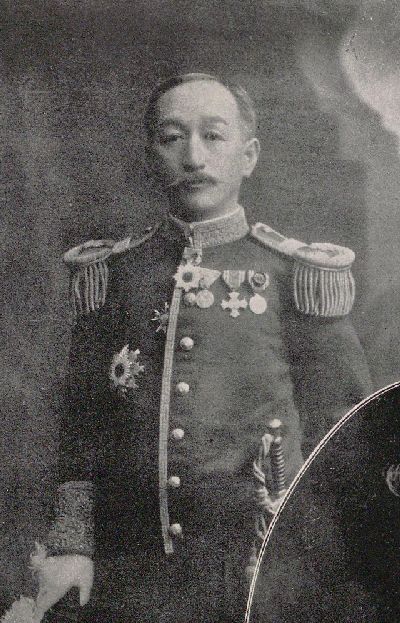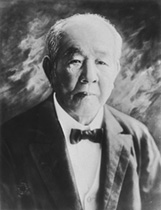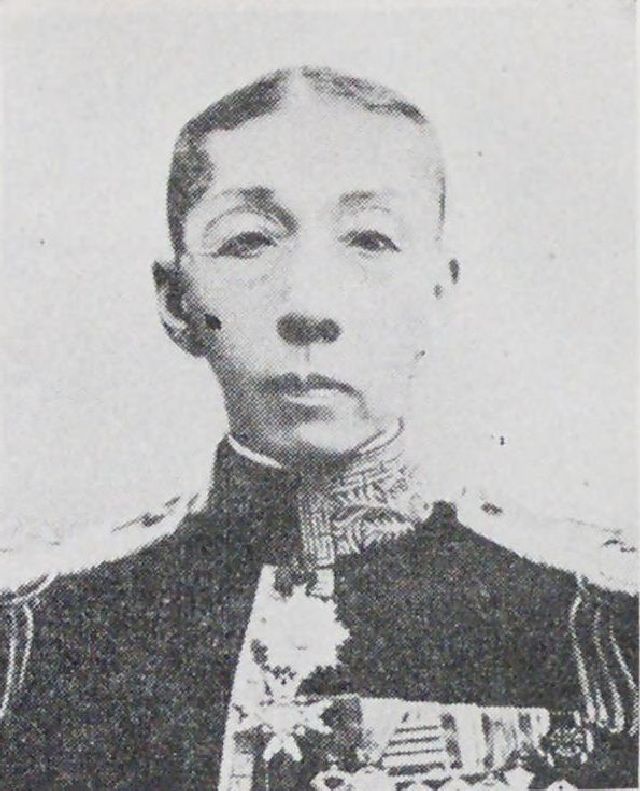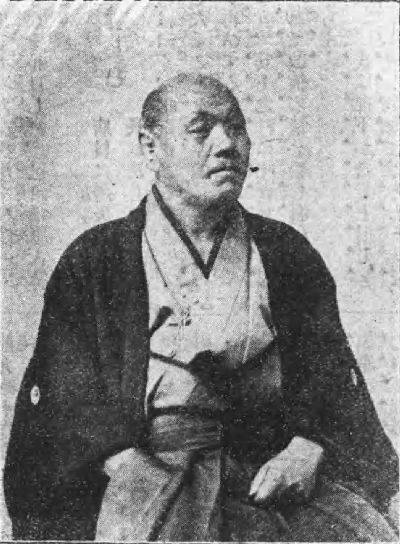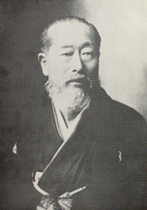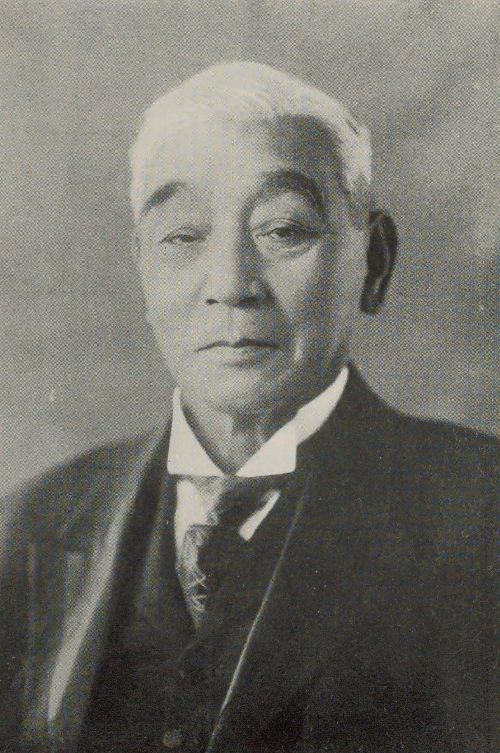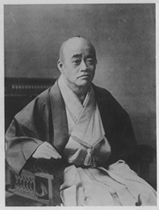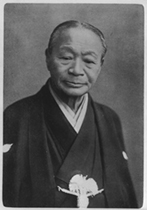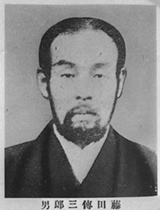Zaibatsu financial conglomerates and their leaders in the Meiji era
The zaibatsu financial conglomerates which rose to prominence in the Meiji era can be categorized into two types: zaibatsu formed by wealthy merchants from the Edo period like Konoike, Sumitomo and Mitsui, and zaibatsu whose founders built fortunes in one generation during the Meiji era like Mitsubishi, Shibusawa, Yasuda, Asano, Okura, Furukawa, Kawasaki and Fujita. But what are zaibatsu?
It is said that the term “zaibatsu” was first used for “Koshu Zaibatsu”, in the middle of the Meiji era. This referred to businesspeople from Koshu (a part of present-day Yamanashi Prefecture) who colluded to dominate the economy in Japan at the time, but as time passed, zaibatsu became a word meaning huge conglomerates like Mitsui or Mitsubishi, in which the founders’ families constituted the core of power.
Here, we will briefly introduce the origins, features and heads of well-known zaibatsu.
1. Mitsui, Sumitomo and Mitsubishi
Even today, there are probably few people who don’t know the names of Mitsui, Sumitomo and Mitsubishi in Japan.
With Mitsui and Sumitomo, which had their origin in wealthy merchants from the Edo period, the heads of the founder families didn’t operate the business by themselves. Their business was entrusted to skilled “banto” (head clerk) and other staff members: MINOMURA Rizaemon, MASUDA Takashi and DAN Takuma were “oobanto” (general manager) in Mitsui, and skilled head clerks like HIROSE Saihei, IBA Teigo and SUZUKI Masaya in Sumitomo were responsible for the actual management of Sumitomo. On the other hand, the heads of these zaibatsu, MITSUI Takamine and SUMITOMO Tomoito, were well known as artists or masters of tea ceremony. They collected and left many art collections to later generations.
In contrast, with Mitsubishi the founder built up his business in one generation at the end of the Edo period, and the top executive position has remained in the family. IWASAKI Yataro, the founder of Mitsubishi Zaibatsu, built his fortune in the shipping industry, and he took advantage of the Taiwan Expedition in 1874 to rapidly grow his business, succeeding in establishing his position as a political merchant. His business style was leading his company with absolute authority.
2. Shibusawa
SHIBUSAWA Eiichi, the founder of Shibusawa Zaibatsu, visited European countries when he accompanied the head of the Shimizu Tokugawa family to the Paris Exposition in 1867, at the end of the Edo period, and experienced modern capitalism there. After returning to Japan, he founded many companies in a wide range of businesses such as banking, insurance, shipping, railways, electricity, gas, paper manufacturing, textiles, and hotels. It is said he was involved in the foundation or development of about 500 companies during his life. His business style was like this: he founded a company, and when its management got on track, he sold its stocks to earn funding to start another new company. He gathered funds and talented people to promote his business in pursuit of public welfare. He was keen not only on founding companies, but also the Tokyo Stock Exchange, Tokyo Chamber of Commerce (later the Tokyo Chamber of Commerce and Industries) and other public organizations. This is the reason why he is called “the father of Japanese capitalism.”
3. Konoike, Kawasaki and Yasuda
Konoike, Kawasaki and Yasuda were zaibatsu that built their fortunes in finance. The Konoike family were originally the wealthiest merchants in Osaka as money exchangers, patronized by the shogunate through the Edo period, and they maintained their position even in the Meiji era. The Konoike family founded the Thirteenth National Bank in 1877 after the proclamation of the Regulation of National Banks (1872), and continued managing it after it became the private Konoike Bank. As the Konoike family was the wealthiest in Osaka, the eleventh head Zenemon was used to promote new businesses, and he successively held the positions of the president of Nihon Seimei Hoken (Nippon Life Insurance Company) and Osaka Chochiku Bank.
The Kawasaki family, who expanded with financial operations as their main business in Tokyo, had served as a money exchanger for the Mito Domain for generations. The founder, Hachiemon I, established the Kawasaki-gumi, a financial group dealing with exchange for the government in 1874, which was later reorganized into the Kawasaki Bank. The bank brought local banks under its control, and it came to be counted as one of the most powerful banks.
YASUDA Zenjiro I, who started out as an apprentice at the end of the Edo period, constructed his position in the finance business by dealing with public funds as a money exchanger in the Meiji era. In 1876, he was involved in founding the Third National Bank, and was functionally in charge of its management. Later, he founded the Yasuda Bank (later, Mizuho Bank) and accelerated its growth.
4. Asano and Furukawa
ASANO and FURUKAWA seized opportunities and succeeded after great effort. ASANO Soichiro I, the founder of Asano Zaibatsu, had failed in his business and essentially fled to Tokyo under the cover of night. He experienced extreme poverty, but when he learned coke (coal cinders) could be utilized as fuel for processing cement, he started to sell it. He built a fortune by selling coke, which had been a waste material, and then he founded Asano Cement Co., which grew significantly due to rising demand for cement in the time of modernization.
FURUKAWA Ichibe lost his all fortune when he was 43 years old. However, with support from SHIBUSAWA Eiichi he struck big with the huge Ashio Copper Mine, which led him to success. He also obtained the Innai Silver Mine and the Ani Copper Mine in Akita Prefecture. He implemented mining mechanization to increase output, and he became the king of copper mining in Japan. Both Asano Zaibatsu and Furukawa Zaibatsu developed by diversifying their businesses, from cement to shipbuilding or from copper mining to manufacturing copper wire and electric engineering.
5. Okura and Fujita
OKURA and FUJITA established their zaibatsu from the munitions industry. OKURA Kihachiro, the founder of Okura Zaibatsu, delivered high-quality firearms to the government army during the Boshin War (1868-1869), gaining trust. Afterwards, while building his fortune with contracts for the transportation of goods during the Taiwan Expedition (1874) and the Sino-Japanese War (1894-1895), he also carried out direct trade with European countries. The management of Okura Zaibatsu diversified into various industries, except for banking.
As for Fujita Zaibatsu, the founder FUJITA Denzaburo started manufacturing combat boots and also built his fortune as a military supplier. Afterwards, he built a fortune by dealing in war materials and became one of the most powerful political merchants in Osaka. Fujita Zaibatsu was involved in various industries: Fujita-gumi, founded in 1881, conducted civil engineering and construction projects such as building naval ports in Sasebo and Kure, and the Biwa-ko Lake Canal. They worked on public projects and with a focus on mining and reclamation.

